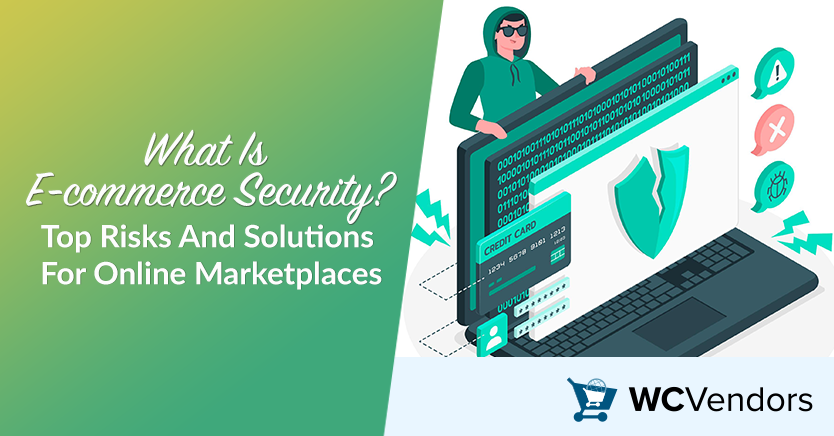
Ever wonder what is e-commerce security? Why is it essential for your online business? If you run an online marketplace, you’re not just managing sales—you’re handling sensitive data and trust. Protecting this data from risks is crucial for keeping your marketplace secure. It also helps ensure customer satisfaction.
But how do you do that effectively?
Let’s dive into what e-commerce security is, identify the risks you need to know about, and explore the best strategies to safeguard your business.
Keep reading to learn more!
What Is E-commerce Security?
E-commerce security refers to the measures implemented to protect online transactions, customer data, and the integrity of a business. Basically, it safeguards personal details, financial information, and payment processing systems.
If your marketplace lacks proper security, it’s vulnerable to threats like financial fraud and credit card scams. But with effective security solutions in place, you can lower these risks and keep your customers and business safe. Thus, being proactive in e-commerce security is essential.
The Importance Of E-commerce Security In Your Marketplace
Imagine a customer adds products to their cart on your marketplace, but during checkout, a data breach occurs. Their personal and financial details get exposed. This not only breaks the trust that customer had in your platform but also discourages future buyers and sellers.
With the right e-commerce security measures in place, these situations can be avoided. You can safeguard sensitive data, and protect your marketplace from security risks. Keeping these elements in place helps maintain trust and prevents potential threats.
What Are The Elements Of Good E-commerce Security?
There are several key elements that contribute to strong e-commerce security. These include:
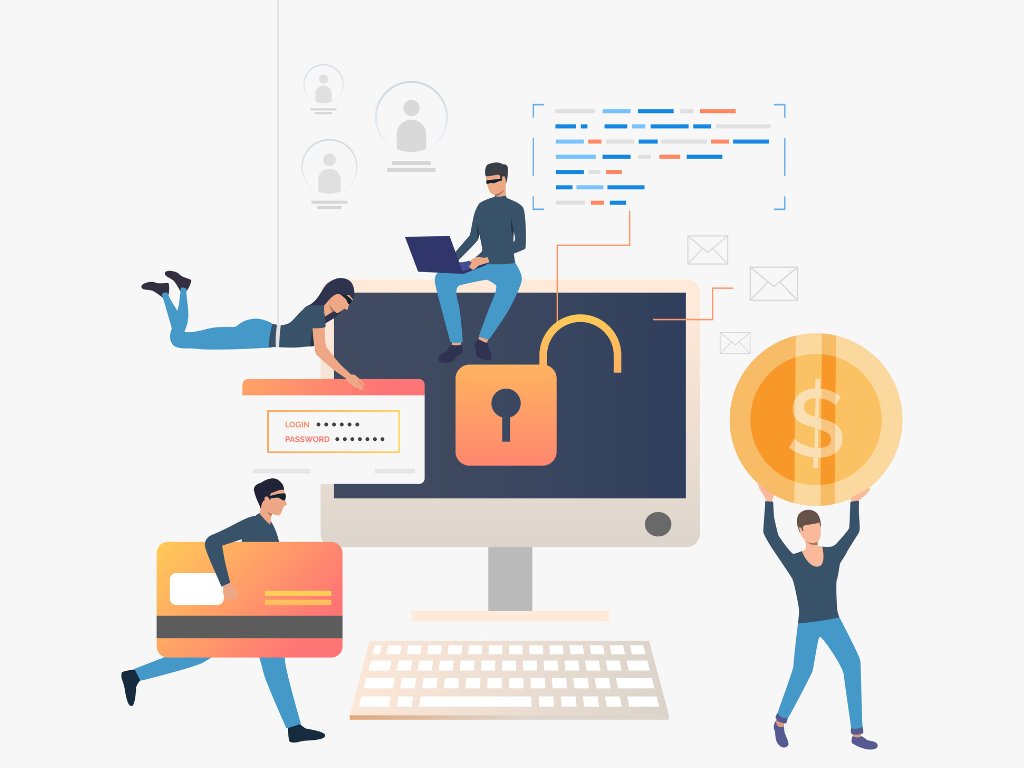
- Data encryption: Encrypting customer information is crucial. It ensures unauthorized users can’t access sensitive information. By using encryption, you add an extra layer of protection. This prevents hackers from intercepting or stealing critical data during transactions.
- Secure payment processing: Ensure that all payment gateways are secure. They must comply with industry standards like PCI-DSS. This protects customer data during transactions. Additionally, choosing a compliant payment gateway helps reduce the risk of security breaches.
- Two-factor authentication (2FA): Adding an extra authentication layer enhances security. It helps protect user accounts from unauthorized access. By requiring additional verification steps, it reduces the risk of account breaches.
- Regular security audits: Conducting regular security audits helps identify vulnerabilities. It ensures your e-commerce platform remains secure. By reviewing your systems, you catch potential threats early and maintain a strong defense.
- Strong password policies: Encourage users and vendors to use strong passwords. They should update them regularly. This helps protect accounts from unauthorized access and improves overall platform security.
By combining these security elements, you strengthen the foundation of your online business. Each step enhances protection and helps prevent potential threats.
How Do You Protect Customer Data?
Protecting customer data should be a top priority for any marketplace owner. Not only does this help you comply with regulations like GDPR, but it also builds trust with your customers. Here are a few ways to safeguard customer data:
- Limit data collection: Only collect essential data from customers. This includes the payment details and shipping addresses. Avoid gathering unnecessary information. This reduces risk.
- Secure data storage: Ensure that all customer data is securely stored. Use encryption or secure databases to keep sensitive information safe. This adds a layer of protection.
- Use secure communication channels: Always use HTTPS for secure data transmission. HTTPS (Hypertext Transfer Protocol Secure) encrypts communication between your site and users. This is especially important during checkout to prevent unauthorized access.
What Are The Security Requirements For E-commerce?
To ensure your marketplace is secure, there are several important standards to meet:
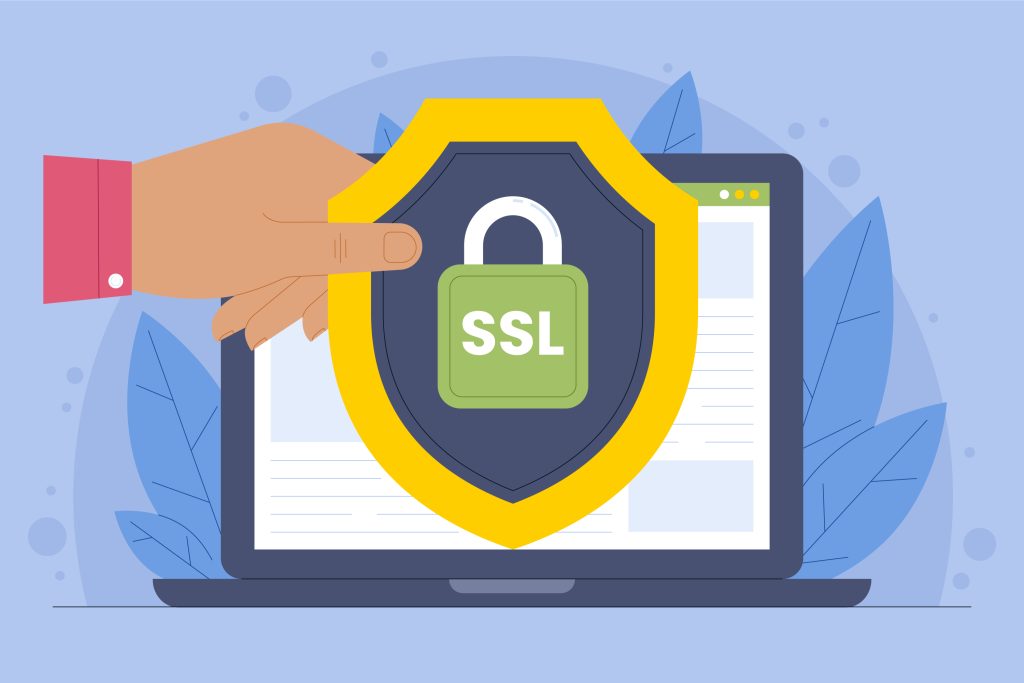
- SSL certification: SSL protects all transactions by encrypting sensitive data during checkout. Without it, hackers can intercept information. For example, credit card details could be stolen if SSL isn’t in place.
- PCI compliance: If your marketplace processes credit card payments, it must comply with PCI-DSS. This ensures your payment handling is secure and meets industry standards. Non-compliance can lead to hefty fines and lost trust.
- Data privacy regulations: Depending on where your customers are, you must comply with data privacy laws like GDPR or CCPA. For example, if you’re targeting EU customers, GDPR requires explicit consent before collecting personal information. This ensures data is stored and used correctly.
- Encryption & secure databases: Ensure all customer data is encrypted and stored in databases. This lowers the chances of data breaches. By encrypting sensitive information, you protect it from cyberattacks and keep it safe.
Imagine a marketplace handling transactions without SSL or PCI compliance. This could expose customer financial data, leading to data breaches. The lack of security could result in fines and cause significant harm to your brand.
Regular security audits help identify vulnerabilities. This reduces the risk of breaches. Additionally, staying informed about industry requirements is crucial for maintaining protection. By conducting audits and keeping up with security changes, you minimize potential threats.
Now, let’s explore the specific security threats to e-commerce and how they can impact your marketplace.
What Are The Security Threats To E-commerce?
Imagine a hacker accesses your marketplace through a phishing attack. They send a fake email that appears legitimate, prompting customers to enter their login or payment details. Once customers enter their details, the hacker gains access to sensitive data. This puts both the customer and your business at risk.
Some common threats include:
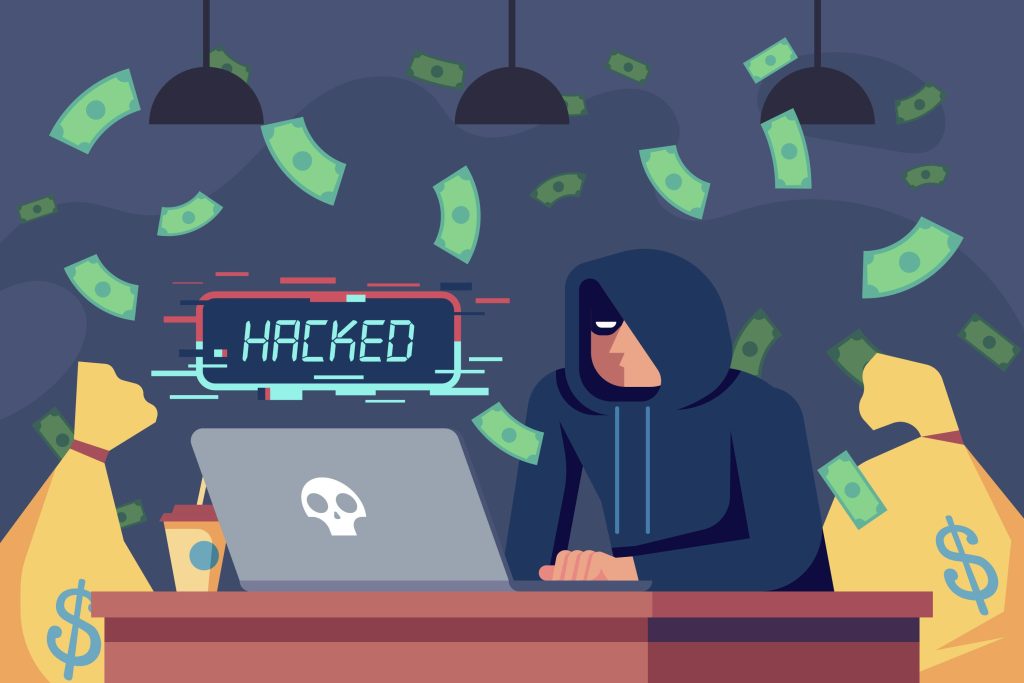
- Financial fraud: Fraudsters exploit weak payment systems using stolen credit cards or fake transactions. Chargebacks force refunds, even after providing products or services. Strengthening payment security with two-factor authentication reduces risks. Using secure gateways blocks fraudulent transactions. This minimizes chargebacks caused by scams. Strong financial safeguards help protect your marketplace and customers from threats.
- Phishing attacks: Cybercriminals may send fake emails or create fraudulent websites. Their goal is to trick customers or vendors into revealing sensitive information. This tactic is known as phishing and can seriously harm your marketplace’s reputation. Protecting against phishing is key to maintaining trust in your platform.
- Malware and ransomware: Malware and ransomware can infiltrate your website, stealing customer data. They either compromise data or block access to your site. This leads to financial losses and damages your reputation. If not properly addressed, the impact can be severe.
Now that you’re aware of the main security risks in e-commerce, it’s time to explore the most common threats your marketplace could face. Understanding these risks will help you prepare and tackle them before they harm your business.
So let’s get into it!
Top 8 Common E-commerce Security Threats
Running a marketplace requires vigilance against security threats. From phishing attacks to credit card fraud, knowing the risks is key to protecting your platform.
Here are the top 8 common e-commerce security threats to watch for.
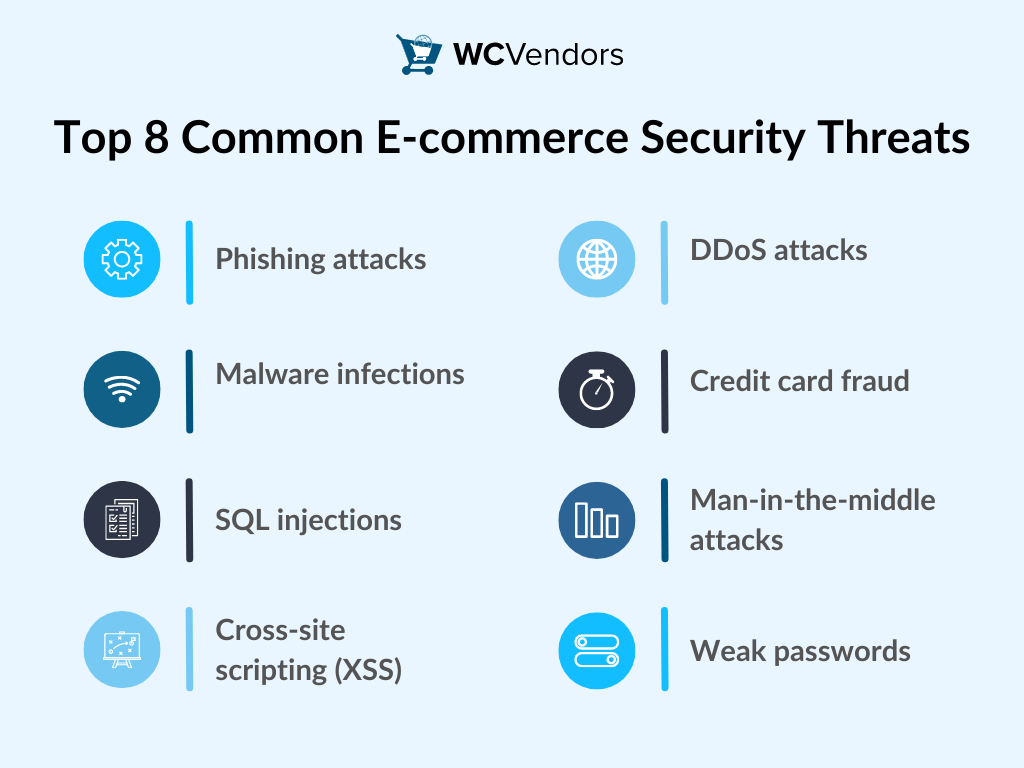
1. Phishing attacks
A hacker sends a fake email pretending to be from your marketplace, asking users to reset their passwords. When they click the link, they unknowingly give the hacker their login details.
2. Malware infections
Malware can infect your marketplace’s website. It slows it down and exposes sensitive data. Hackers then gain access to customer payment details, which may lead to more security breaches. Regular security scans and updates can prevent these attacks.
3. SQL injections
An attacker inserts harmful SQL code into your website’s search bar. As a result, they gain access to your customer database. To prevent this, you can implement input validation and regularly update your website’s security measures.
4. Cross-site scripting (XSS)
A hacker injects malicious code into your website’s comment section. When other users view the comments, their login details get stolen. This exposes user accounts to unauthorized access. Implementing security measures like input sanitization can help prevent these attacks.
5. DDoS attacks
Distributed Denial of Service (DDoS) attack floods your marketplace with millions of fake visitors, overwhelming the server. This causes the site to crash for hours, disrupting service for real users.
6. Credit card fraud
Hackers breach your payment system, stealing hundreds of credit card numbers. This leads to unauthorized transactions and financial fraud. Strengthening your payment security can prevent these breaches.
7. Man-in-the-middle attacks
A cybercriminal intercepts communication during checkout, stealing your customer’s payment details. This compromises security and exposes sensitive information.
8. Weak passwords
A user sets their password to “password123,” which makes it easy for hackers to guess and take control of their account. Consequently, this weakens security.
If you want to know more, read our complete guide on WooCommerce Fraud Prevention:
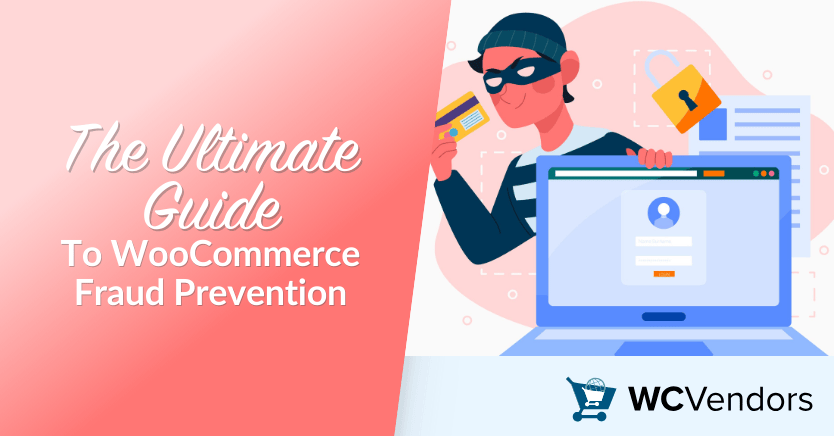
Conclusion
Securing your marketplace is key to running a successful online business. By focusing on key aspects of e-commerce security, you protect your platform. This helps maintain customer trust. It also prevents threats from affecting your business.
To help you achieve this, here’s what you need to focus on:
- Understanding what is e-commerce security
- The importance of security in your marketplace
- Key security elements
- Security requirements for e-commerce
- What are security threats
- Recognizing common security threats
By concentrating on these areas, you’ll stay ahead of potential risks and strengthen your marketplace security.
For further guidance or any questions, feel free to reach out – we’re here to help!
